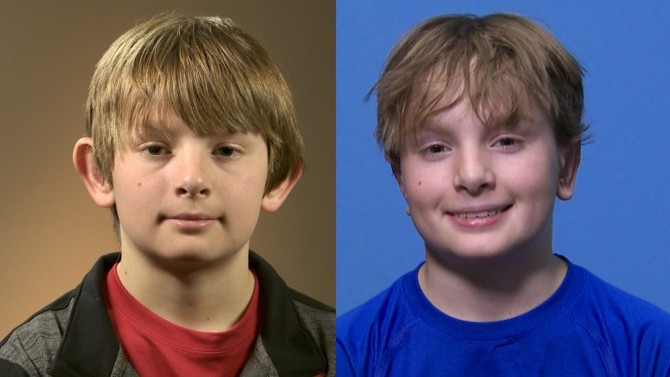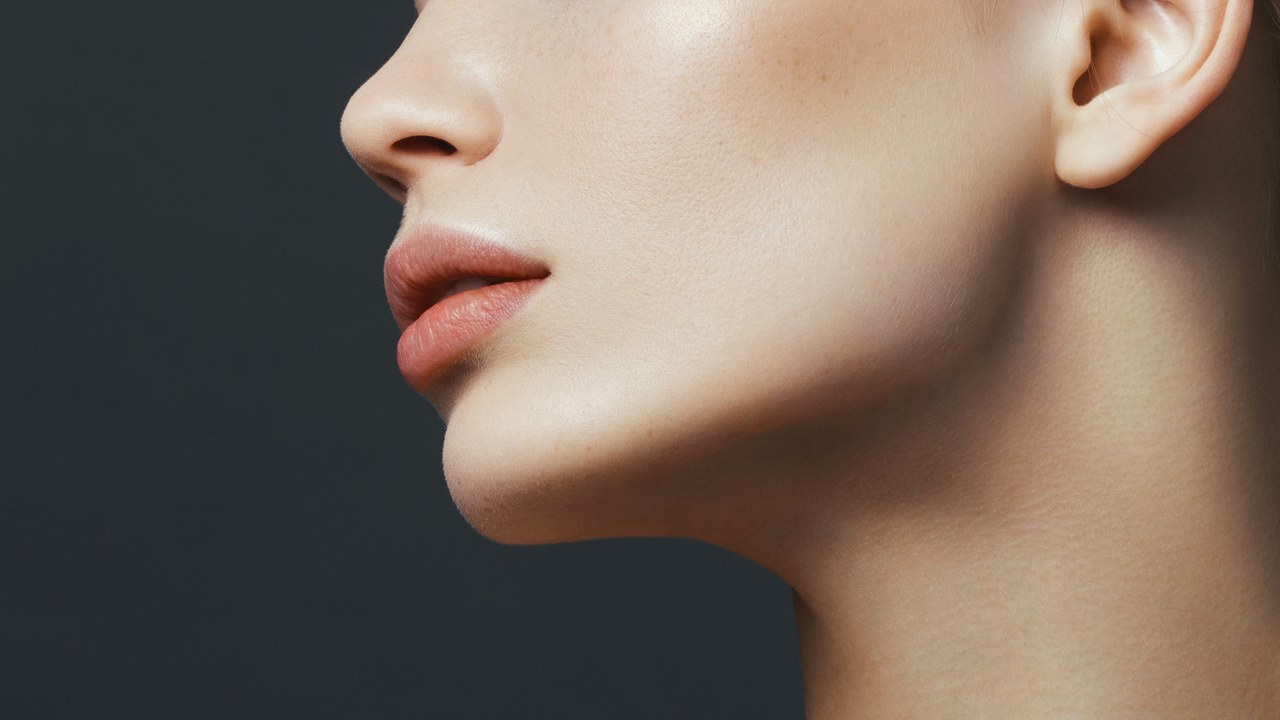Otoplasty also known as cosmetic ear surgery is a procedure to change the shape, position or size of the ears. Otoplasty denotes the surgical and non-surgical procedures for correcting the deformities and defects of the pinna (external ear), and for reconstructing a defective, or deformed, or absent external ear, consequent to congenital conditions and trauma.
You might choose to have otoplasty if you’re bothered by how far your ears stick out from your head. You might also consider otoplasty if your ear or ears are misshapen due to an injury or birth defect.
Why have an otoplasty?
The pinna, or outer ear, has a minor function in hearing. Some people feel that their ears are too prominent and this can cause embarrassment and psychological distress. Being teased or bullied because of “sticking-out ears” can affect a child’s self-confidence, their emotional well-being, and their behavior.
Even adults with protruding ears can feel embarrassed to the point where it affects their everyday lives. They may not want to wear a helmet or other headgear, and they may be distracted by or concerned about their appearance.

What causes prominent ears?
The outer ear (Pinna) is normally positioned on the side of the head at an angle of about 20 to 35 degrees. If the angle is more than 35 degrees, they will appear to “stick out.” Protruding ears may run in families, but they often occur randomly. Having protruding ears should not affect a person’s hearing. They affect around 5 percent of the general population.
Some reasons to have prominent ears:
- Overdevelopment of the cartilage: if the pinna has too much cartilage, it is more likely to be prominent.
- Underdevelopment of the cartilage: the ridge of cartilage at the top of the ear does not fold properly during development. The outer edge of the ear does not fold in toward the head but sticks outward instead.
- Injury: prominent ears can result from an injury to the ears.
Around 30 percent of children with prominent ears have ears that appear normal at birth, but the unusual shape can appear in the first 3 months. Some deformities are self-correcting. If an external ear deformity has not self-corrected a week after birth, either an otoplasty or a non-surgical correction may be recommended.
To find more details concerning otoplasty please click here or contact us.
Otoplasty, Blepharoplasty, Mastopexy, cosmetic ear surgery, Ear correction surgery, Reconstructive, deformity, pinnaplasty, ear reshaping, Loop ears, abnormalities

